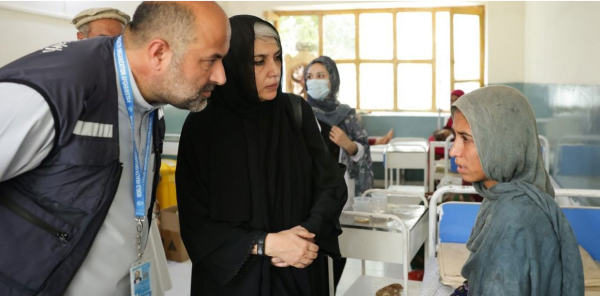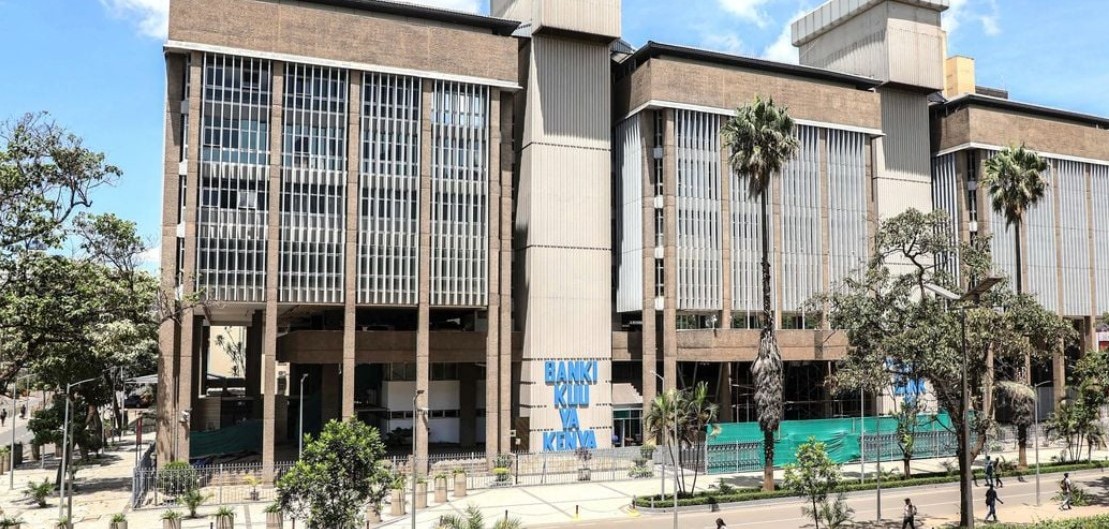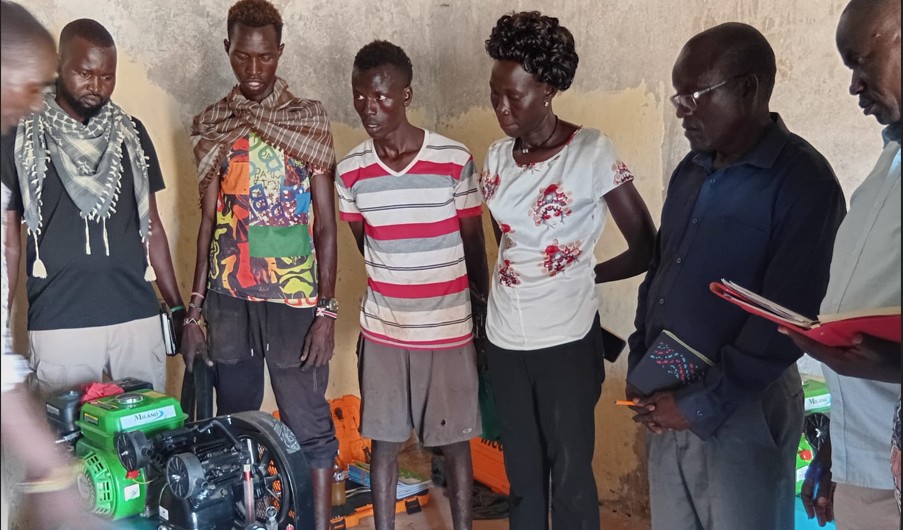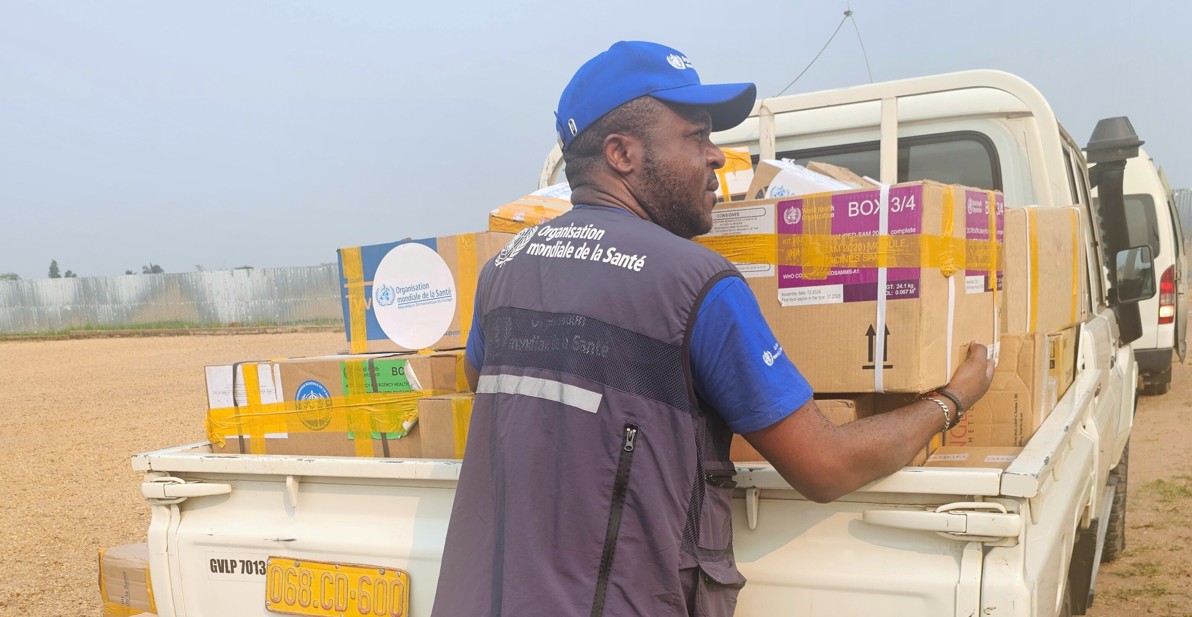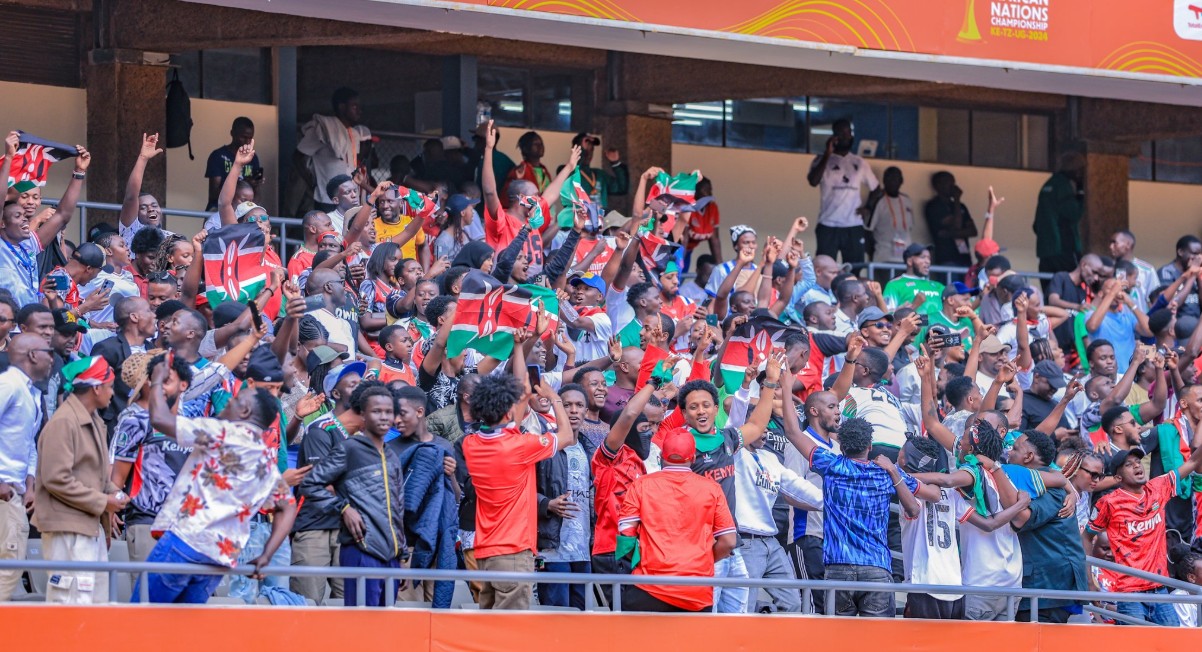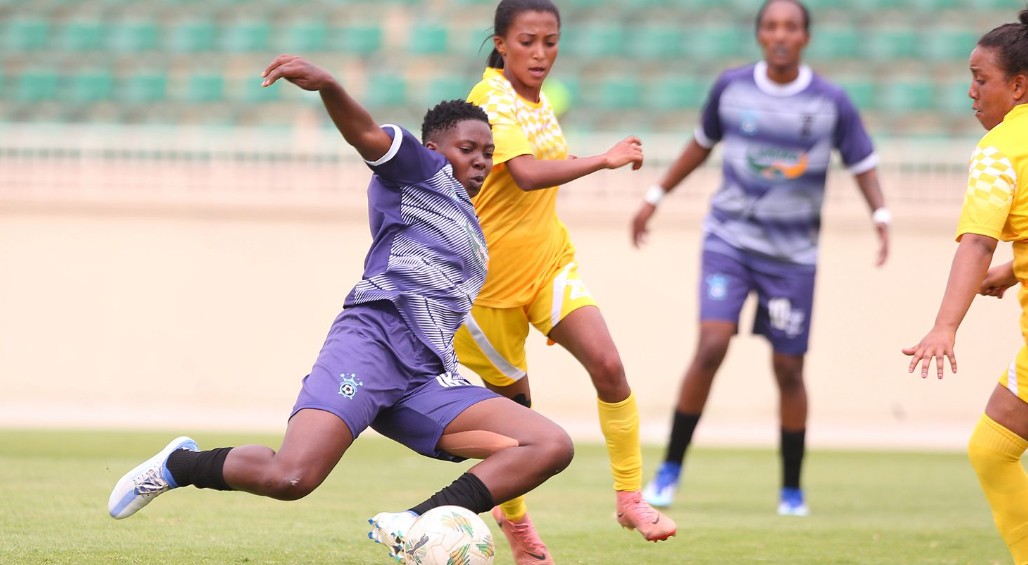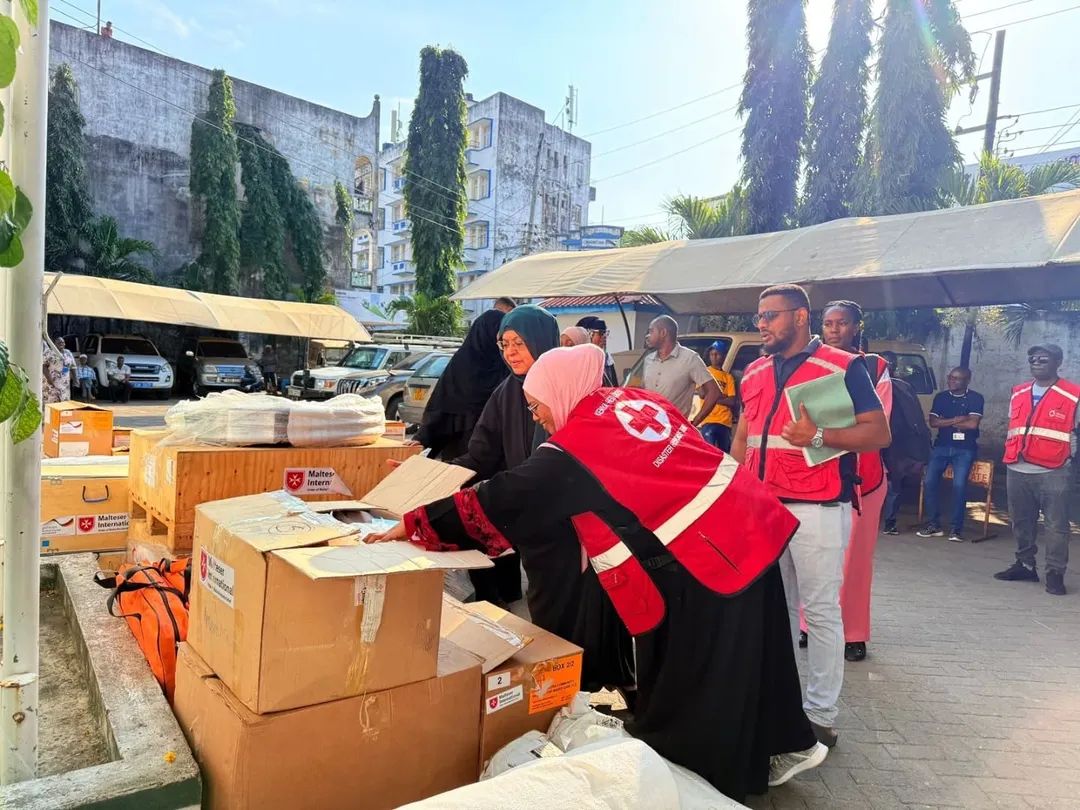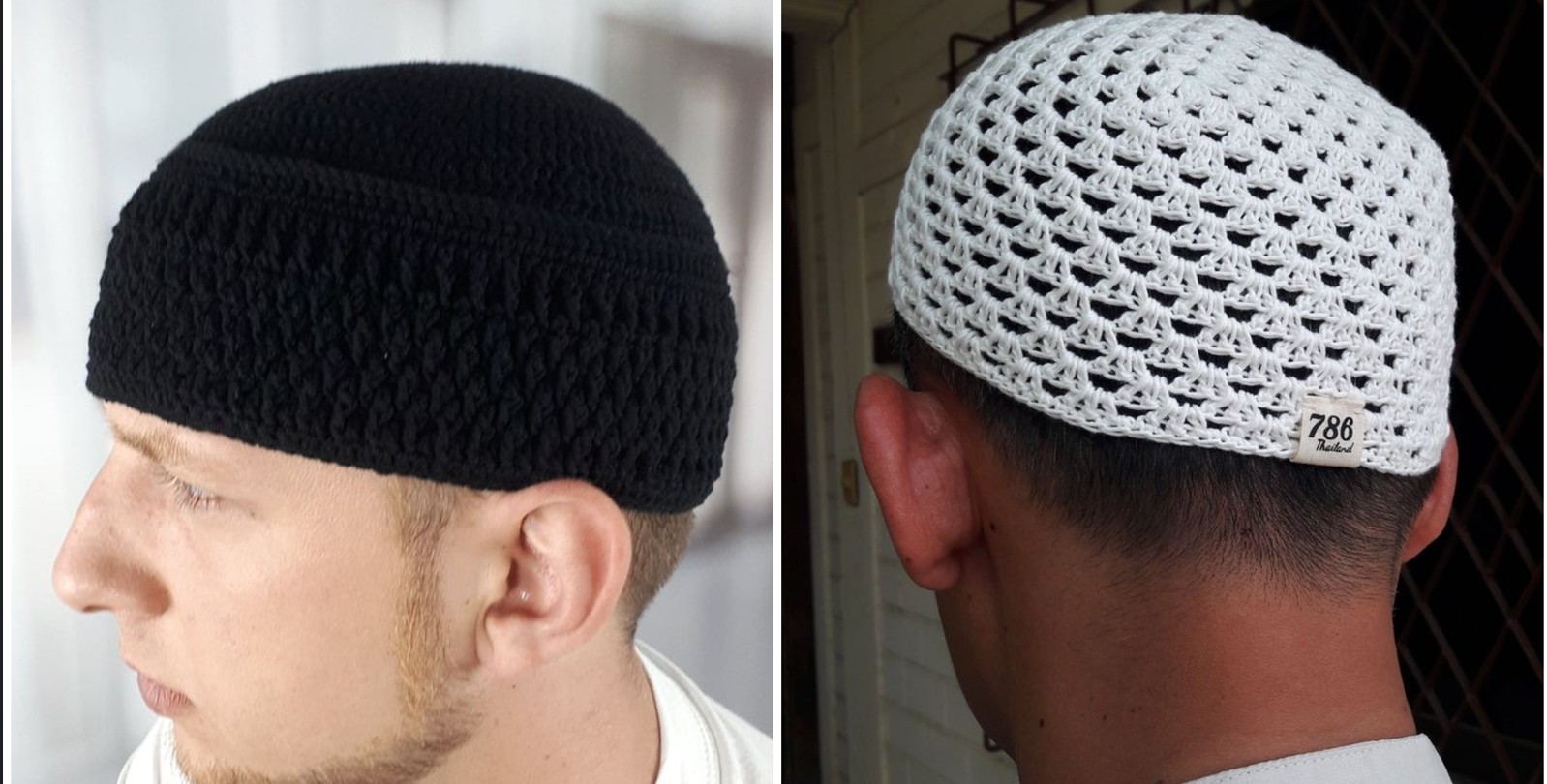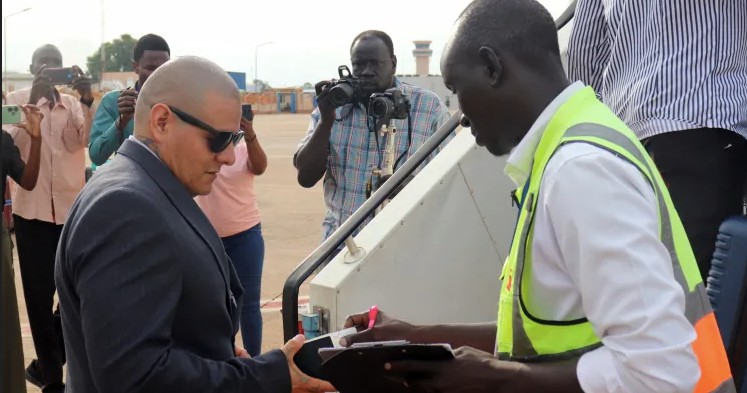KISIP II: Thousands in Nairobi to benefit from major upgrade of informal settlements
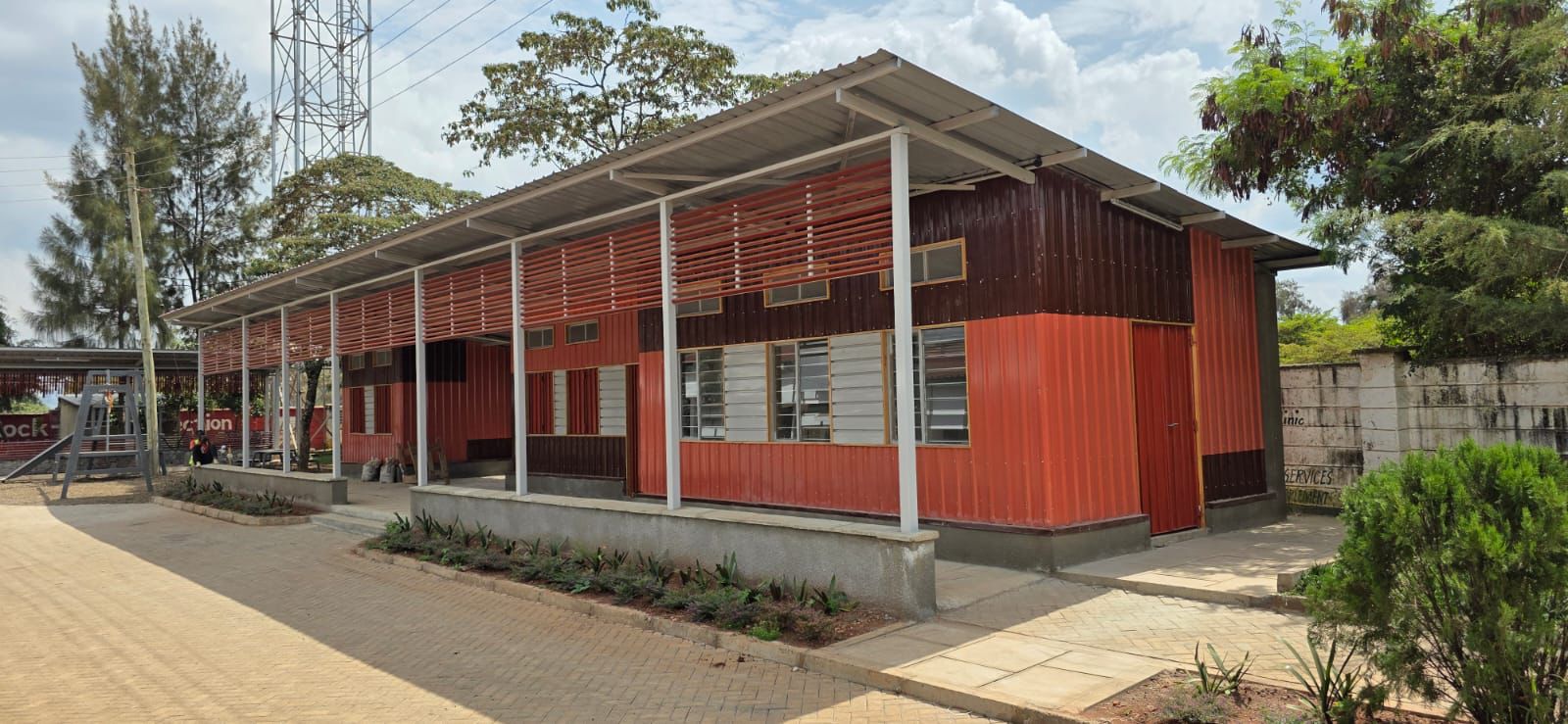
The project is part of a wider national plan that targets 81 settlements in 23 counties, with the aim of transforming poor urban neighbourhoods by upgrading essential infrastructure and community spaces.
Efforts to improve the quality of life for thousands of Nairobi residents have entered a new stage with the launch of the second phase of the Kenya Informal Settlements Improvement Project II (KISIP II).
The Sh578 million project, financed by the World Bank, is now underway across several informal settlements, including Kayole Soweto, Kahawa Soweto, Embakasi Village, Kambi Moto, Spring Valley Kayole, and Mathare.
More To Read
- Nairobi women caucus fault Ruto, Raila for scuttling Sakaja's impeachment
- Revealed: Mediated pact that halted Governor Johnson Sakaja’s impeachment
- Lobby calls for Nairobi County dissolution following audit revelations
- Legal experts warn top politicians against saving governors from impeachment
- Inside Raila Odinga’s bid to save Governor Johnson Sakaja from impeachment
- Raila summons ODM MCAs as Governor Johnson Sakaja faces impeachment threat
The project is part of a wider national plan that targets 81 settlements in 23 counties, with the aim of transforming poor urban neighbourhoods by upgrading essential infrastructure and community spaces.
In Nairobi alone, at least 400,000 residents are expected to benefit from the ongoing works being implemented in key sub-counties such as Embakasi East, Mathare, and Roysambu.
Under the guidance of Nairobi City County’s Housing and Urban Renewal Department, the Urban Fabric Initiative (UFI) is at the centre of these developments.
The programme focuses on converting neglected areas into clean, safe, and productive spaces for residents through improved sanitation, digital learning centres, and inclusive public facilities.
“The Kenya Informal Settlements Improvement Project plays a pivotal role in the Urban Fabric Initiative by systematically addressing foundational challenges in these communities,” said Chief Officer Lydia Mathia.
“Through improved infrastructure, secure land tenure, and community-led development, we are turning marginalised areas into vibrant, dignified neighbourhoods,” she added.
In Kayole Soweto, residents have welcomed new public washrooms, a community social hall, a study space, a computer lab, and a water purification system. These facilities are expected to ease access to clean water, safe learning environments, and digital skills, especially for children and young people.
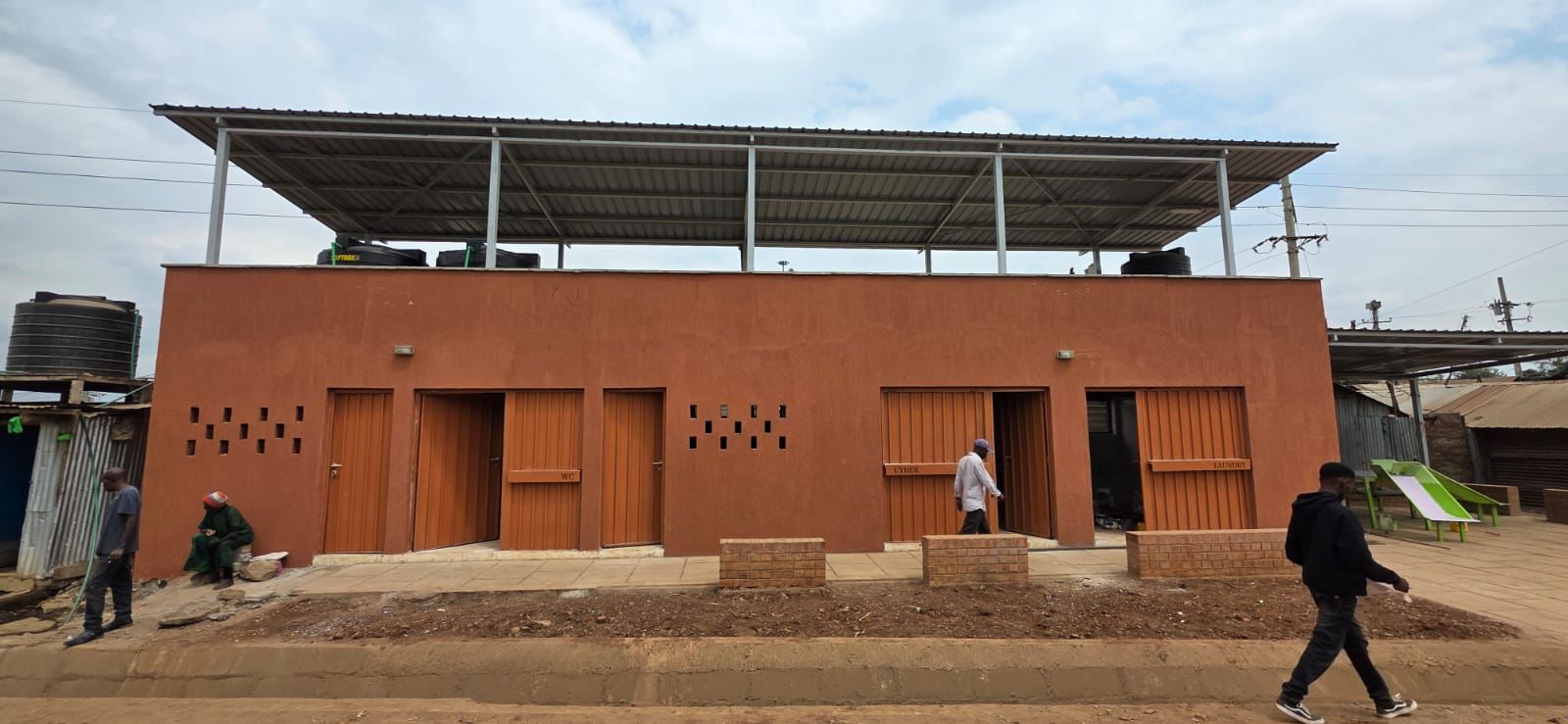 Canteen, meeting room and cafeteria at Kahawa Soweto health center to be ran by local youth group Soweto Kongo as social enterprises. (Nairobi City County Government)
Canteen, meeting room and cafeteria at Kahawa Soweto health center to be ran by local youth group Soweto Kongo as social enterprises. (Nairobi City County Government)
Nairobi Governor Johnson Sakaja highlighted the broader social and economic impact of the project.
"These projects are more than structures. They are incubators for informal businesses and platforms for economic empowerment. By freeing up time for women and creating space for youth mentorship and digital access, we’re building futures right where people live,” Sakaja said.
The initiative is a joint effort involving the Government of Kenya, the Nairobi County Government, the European Union, Agence Française de Développement (AFD), and organisations such as Kounkuey Design Initiative and Slum Dwellers International.
Besides Kayole and Kahawa Soweto, other areas such as Kambi Moto, Embakasi Village, Spring Valley Kayole, and Mathare are experiencing various developments, including improved street lighting, drainage works, and road upgrades—all aimed at improving basic living conditions in informal communities.
KISIP II is structured to unfold in two phases. Phase One will cover 25 settlements across five counties, while Phase Two targets 56 settlements in 20 counties. The project is designed to address long-standing urban challenges and align with national and county goals for sustainable urban growth.
The Housing and Urban Renewal Department continues to coordinate with national agencies, development partners, and community leaders to ensure that the work under KISIP II is delivered efficiently and remains sustainable in the long term.
Top Stories Today
